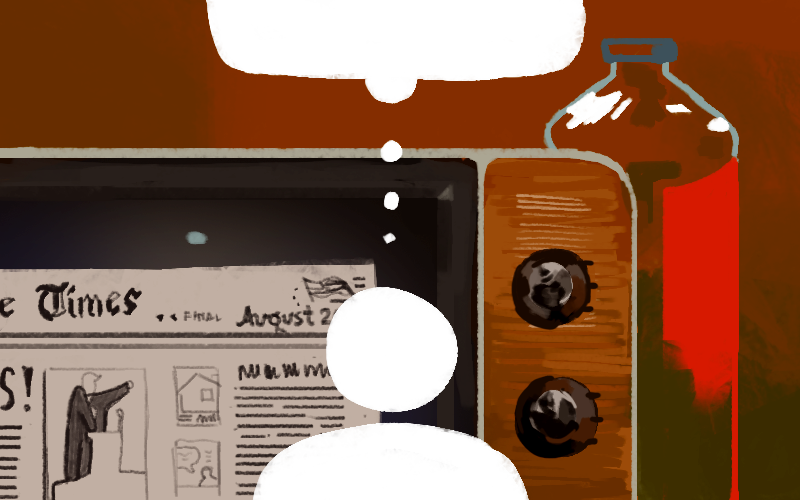On the Fourth of July, 2019, MAD Magazine announced it would stop publishing new content. The magazine was founded in 1952 and reached the zenith of its popularity when I came of age in the late 1960s. Several people of my vintage have responded to the end of MAD with deep dismay. I am one of them. I recall, at 12 years old, literally rolling on the floor with laughter after reading MAD’s satire of my favorite TV show, The Man from U.N.C.L.E. (“The Man from A.U.N.T.I.E.”).
As a woman, I may be in the minority in having read the magazine so avidly. My husband was the target demographic: a boy from the New York metropolitan area with a nerdy streak and hunger to poke fun at grown-up things. It strikes me as poignant to think that he is the age of the magazine. If Alfred E. Newman can die, then all of us baby-boomers should worry.
What did MAD represent and why is its passing to be lamented?
First, it taught us to see the absurdity around us without making us question certain fundamental values. It made fun of things without making us hate those things.
Second, it educated us. I like to think of MAD as an adjunct to a good liberal arts education. School was supposed to teach us to think critically about books, ideas, and historical events. MAD taught us to think critically about all those elements that weren’t being taught in the very institutions MAD challenged. It deconstructed (before the term became theorized and politicized) TV, movies, songs, advertising, social trends the industries in which they were produced and distributed. Ironically, those subjects are now central to the college curriculum, only the deconstruction is rarely accompanied by a good laugh.
Third, it reminded us about how much we willingly suspend our disbelief when we watch movies and television — and by extension, when we are exposed to advertising, print media, and political rhetoric. It made us realize that we are all participatory knuckleheads.

Who can forget “The Night Perry Masonmint Lost A Case,” with Perry Masonmint, Paul Dreck, and Hamilton Burgerbits? Or the satire of Marathon Man (“Marathon Mess”) in which Roy Scheider shows up in Dustin Hoffman’s apartment, stabbed and dying, but when asked how he got there, launches into a lengthy explanation of the subways and busses he took — a compendium of a transportation minutiae delightful to anyone living in or near New York City.
There were Huntley and Brinkley saying “Good Night” — and then tucking each other into bed; the song, “Agnes Schwartz Describes Her Malady” sung to the tune of “A Pretty Girl is Like a Melody;” and the ad spoof: pre-“New and Improved” products touted as “Old and Crummy.”
MAD Magazine had the greatest caricaturist of all time in Mort Drucker, a superb social commentator in Dave Berg, a gifted chronicler of silliness in Don Martin, and the best marginal doodles by Sergio Aragones. “Spy vs. Spy” was a Cold War send-up in a graphic nutshell. Al Jaffee’s fold-in back page was an early lesson in the way images can be deceptive and manipulatable.
Some have said that the internet killed MAD, but the magazine began to lose its footing earlier as the cultural landscape changed. National Lampoon (a spin-off of Harvard Lampoon) was launched in 1970; it marked the ascent of a new kind of satire. MAD was by people who didn’t pretend to be smarter than you were, only funnier. The Lampoon was by people who assumed they were both funnier and smarter. Instead of laughing at ourselves, the Lampoon promoted laughing at others.
The editors and contributors to MAD were both conservative and liberal in their politics. They made fun of everything from the sexual revolution to Madison Avenue. The magazine didn’t accept ads for most of its publishing life in order to remain free to thumb its nose where it wanted. Lawsuits followed some of its satires — Irving Berlin unsuccessfully sued over MAD parodies of his songs — but most victims felt honored. The magazine regularly printed photos of satirical targets burning the issue in which their parodies appeared.
MAD taught us how to enjoy the absurdity and silliness that surrounds us and includes us. My husband likes to say that if people read MAD in their youth, they are bound to be good company as adults. I fear that, without MAD, future generations won’t be good company. They will never learn to laugh as we did or see themselves as members of “the usual gang of idiots. •




